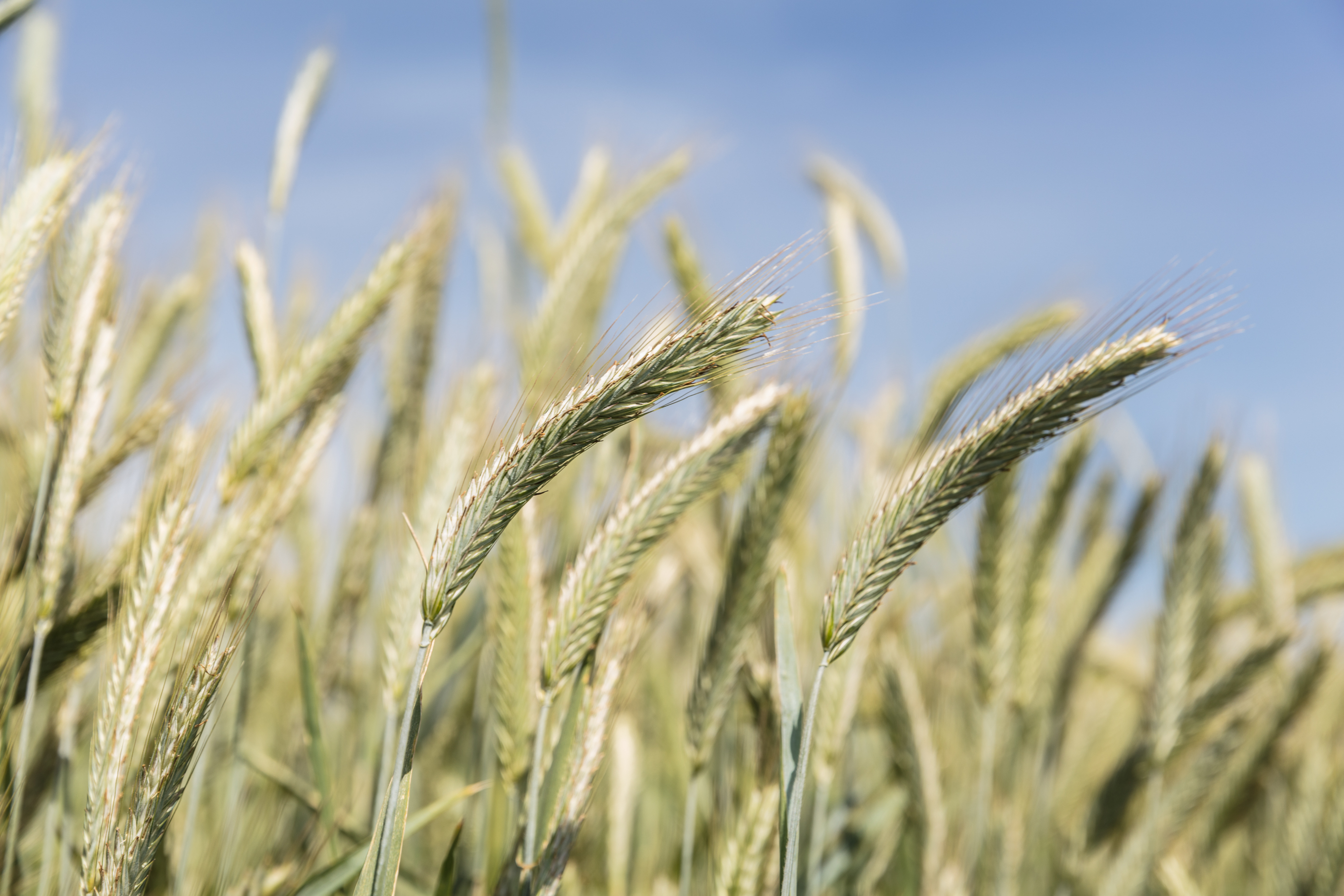Research highlights opportunities for greater rye inclusion in UK breads
With demand for rye-based breads growing and predictions of more UK-grown crop available in the future, higher inclusion rates could easily be incorporated into commercial production new research suggests.
UK grown hybrid rye can substitute a significant amount of conventional hard milling wheat in flour with little change in baking performance or quality of loaf, according to new research work carried out by Campden BRI and seed breeders KWS UK.
UK-style breads with an inclusion level of 25% rye showed minimal impact on dough development time and degree of softening compared to the 100% wheat control, explains Campden BRI cereals and ingredients characterisation section manager Clothilde Baker.
“The project was focused on investigating the potential nutritional claims and health benefits of using rye in UK bread products.
“We were also interested in comparing the performance of a UK-grown rye variety, KWS Bono versus German-grown Bono in UK-style bread when blended with flour from a UK Group 1 wheat variety flour using both ‘Spiral’ and ‘Sponge and Dough’ baking techniques.”
Once milled, the flours were blended using 25%, 50% and 75% inclusion levels for both UK and German KWS Bono rye, she explains.
“Hagberg falling numbers were 316 for the wheat with the UK-grown rye being 249 and the German sample at 245, whilst moisture contents were 12.0%, 9.0% and 10.1% respectively.
“Protein levels in the rye samples were lower than those in the wheat with the resulting flour also lower. The higher the level of rye inclusion rate, the lower the protein content.
“In the 100% wheat control flour, made of full specification KWS Zyatt, this was 10%, for example, falling to 7.2% in the 75% UK rye flour. At the 25% inclusion level for UK rye, the protein content was 9.0%.
“The protein contents in the flour blends were similar between UK-grown and German-grown rye flour although they were slightly higher in the blends including German-grown rye.”
The water absorption of the control (50.3%) was quite low for a bread variety even when expressed at 14% moisture (51.9%), Clothilde Baker explains.
“Visually, there was little difference between the 100% wheat loaves and the ones with 75% inclusion of UK grown wheat.”
“The addition of rye led to an increase in water absorption although, when considering the water absorption values at 14% moisture for comparison purposes, the difference was minimal between the control and the 25% rye flour blends using either UK or German-grown rye.
“The difference in water absorption value did become significant compared to the control, however, in the blends including 50% rye flour and 75% rye flour, however.”
The inclusion of 25% rye flour had minimal impact on the dough development time and degree of softening compared to the control, she points out.
“The degree of softening was negatively impacted for the blends using 50% rye and 75% rye. The dough stability was substantially reduced in all blends.
“The dough resistance was affected in a similar way regardless of the proportion of rye and its provenance. The dough extensibility however decreased as the proportion of rye increased.
“During processing, the 50% and 75% rye blends produced very soft and sticky doughs which were more difficult to mould than the other samples such as the control and the 25% flour blends.”
Both the 75% rye samples had the lowest specific volumes in the ‘Spiral’ and ‘Sponge and Dough’ tests with the control sample having the highest specific volume in all bakes, she adds.
“Loaf volume is a good quality indicator and an increased specific volume is evidence of the dough’s ability to retain gas.
“As the proportion of rye increased, the average number of cells per mm2 decreased. This indicates a coarser crumb texture and leads to a darker crumb with this being most apparent in bread from the German-grown brown rye at 75% inclusion.
“A higher number of smaller cells is usually preferable as this will produce a finer texture, hence, a brighter slice, which is more desirable in the UK.
“Visually, there was little difference between the 100% wheat loaves and the ones with 75% inclusion of UK grown wheat.”
All the samples had similar wall thickness, she adds.
“Thinner cell walls are an indication of better gluten development. The texture scores for all samples were between 4.5 and 8. The crumb structure was weaker and its colour darker as the proportion of rye increased.
“Again the bread from the German-grown brown rye at 75% inclusion had the lowest texture score and also the firmest crumb whilst the control sample with 100% wheat had the highest texture score. The crumb firmness increased as the proportion of rye increased.”
Overall, the baking performance was similar for UK-grown rye and German-grown rye, Clothilde Baker concludes.
“The results certainly point to a 25% inclusion rate of rye in bread not affect its baking performance adversely, but it’s important point out that the processes used were not optimised for wheat/rye baking.
“With a bit more research and development, techniques that would increase the baking performance of such flours will be developed and this will make these blends an even better commercial proposition.
“With increasing demand for rye-based bakery products and the area of rye set to grow considerably in the UK over the next few years, such developments could open up a whole new sector for the British bakery industry.”



